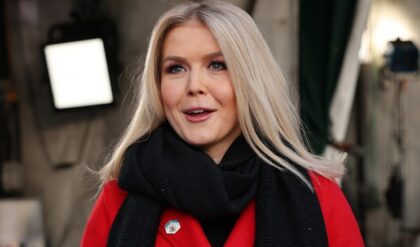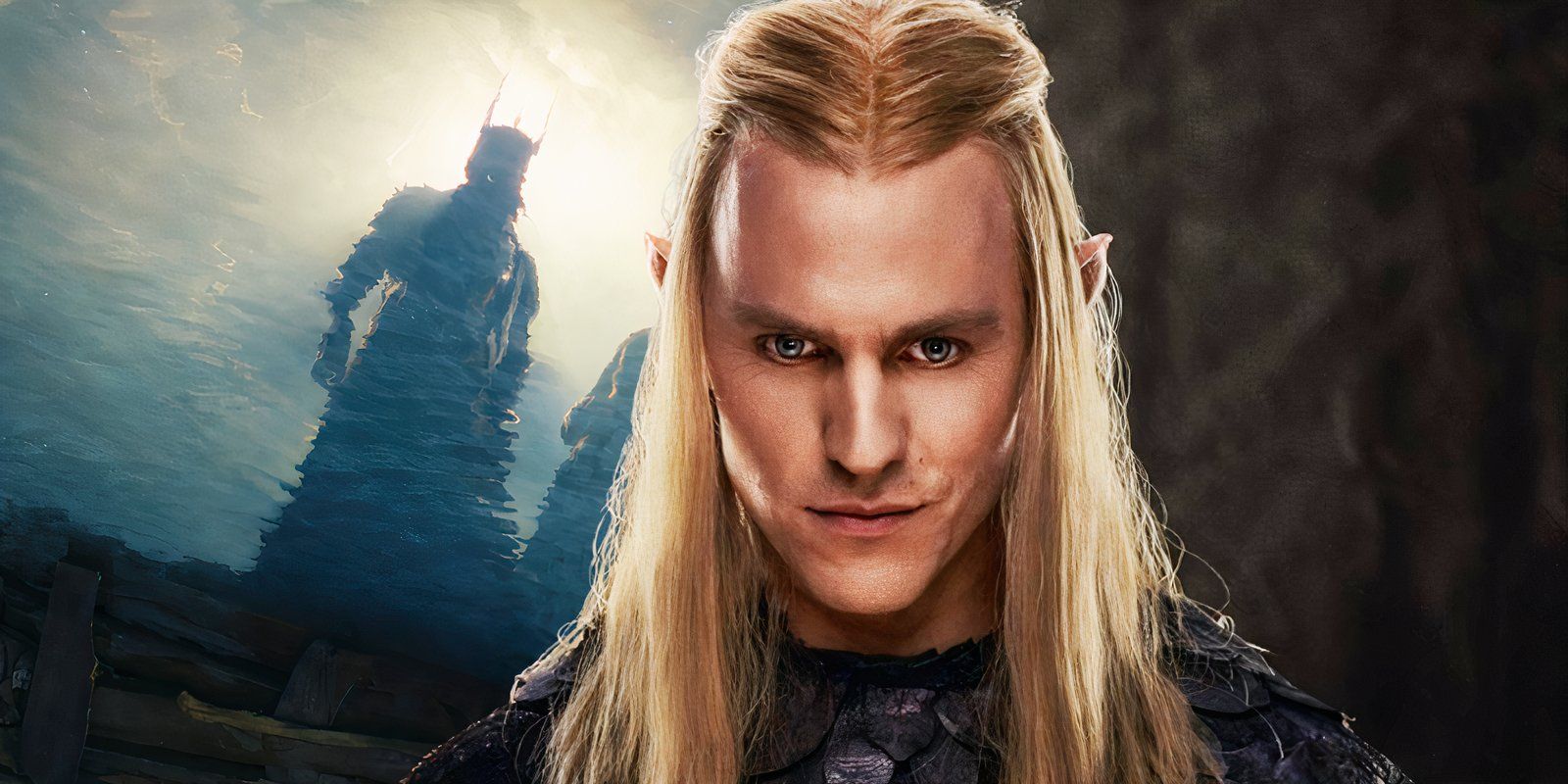
Sauron went under different guises during the thousands of years he was alive. Using his powers as a Maia, Sauron could shapeshift, which enabled him to deceive others and take on different names. His most famous name, Sauron, comes from the Elvish language of Quenya, and translates to “the Abhorred.” Rings of Power has begun to dive into some of his other identities, while also adding in some of its own invention. Meanwhile, Tolkien’s legendarium presents a wide gamut of names assumed by the Dark Lord over the years.
Mairon, Maia Of Aulë
Name Originating In The First Age
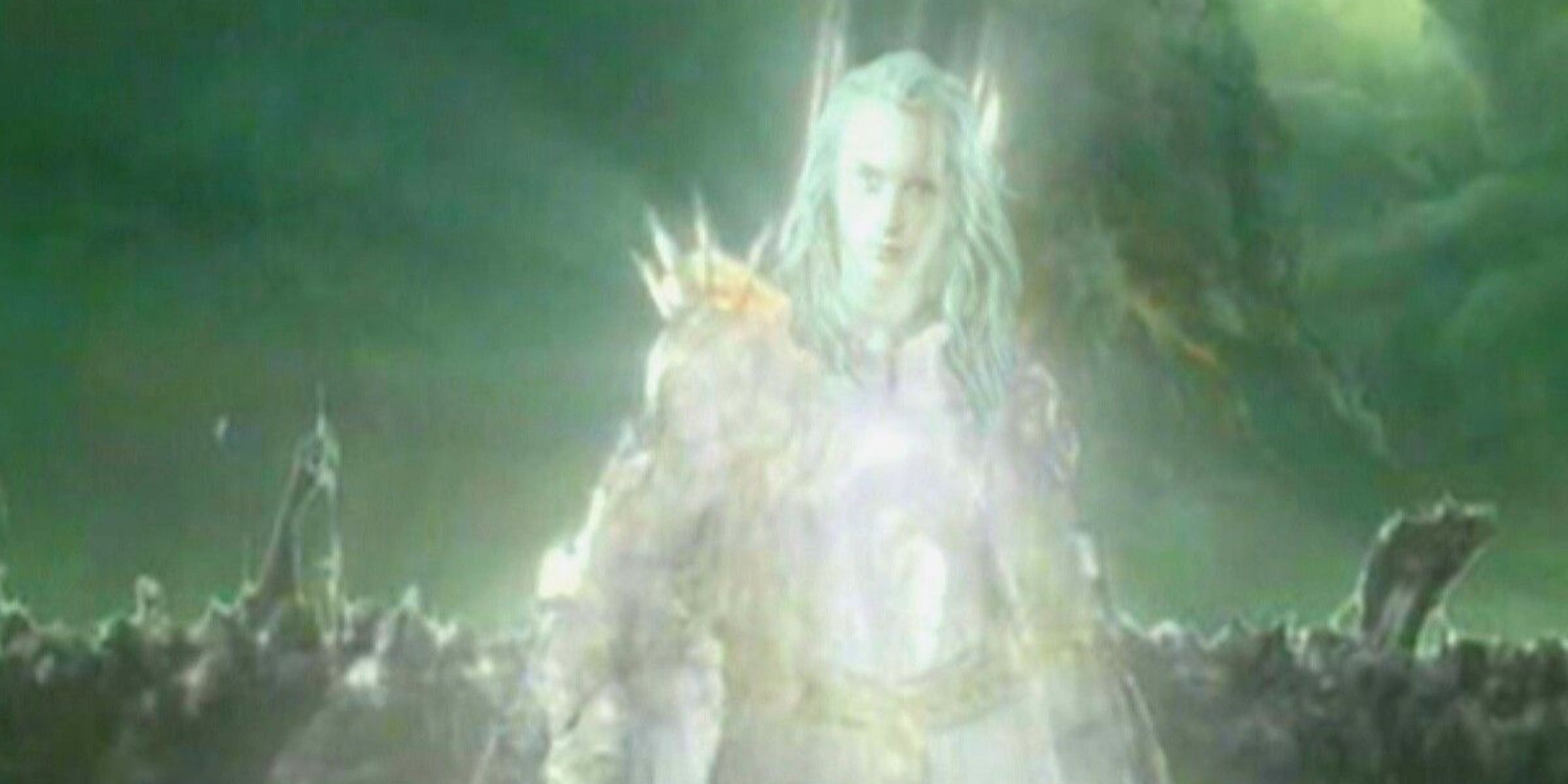
The Tolkien linguistic journal Parma Eldalamberon published a Tolkien text in issue 17 confirming that Sauron’s original name was Mairon before he turned to evil. In giving Quenya roots for this name, Tolkien implicitly confirmed it was an Elvish translation of Sauron’s real name, which would have been in Valarin, his first language. Sauron was in the Maiar order of the Ainur race, a degree lower than the 15 Valar, and Ainur spoke Valarin.
In a deleted scene from Peter Jackson’s The Lord of the Rings: The Return of the King, Sauron took an angelic form on the battlefield that may have reflected an early, good version of himself.
Tolkien gave little information on Valarin. Therefore, Sauron’s real name, used in the Timeless Halls, will remain unknown. However, some have attempted a reconstruction; for example, Amâyaraz (via Reddit). Mairon was obsessed with order, which later became his motivation for wanting to control Middle-earth. He admired Melkor, who later became Morgoth. Soon, Mairon became Morgoth’s most trusted servant.
Mairon was drawn to the Vala Morgoth precisely because he could affect his designs faster, playing into his hate for wasteful friction (The Letters of J.R.R. Tolkien). His intentions had been good at the beginning. Indeed, before falling to Morgoth, Mairon was a great disciple of the Vala Aulë. His work was so significant that he “remained mighty in the lore of that people” even after falling to evil (The Silmarillion).
Tevildo, Prince Of Cats
Name Originating In The First Age
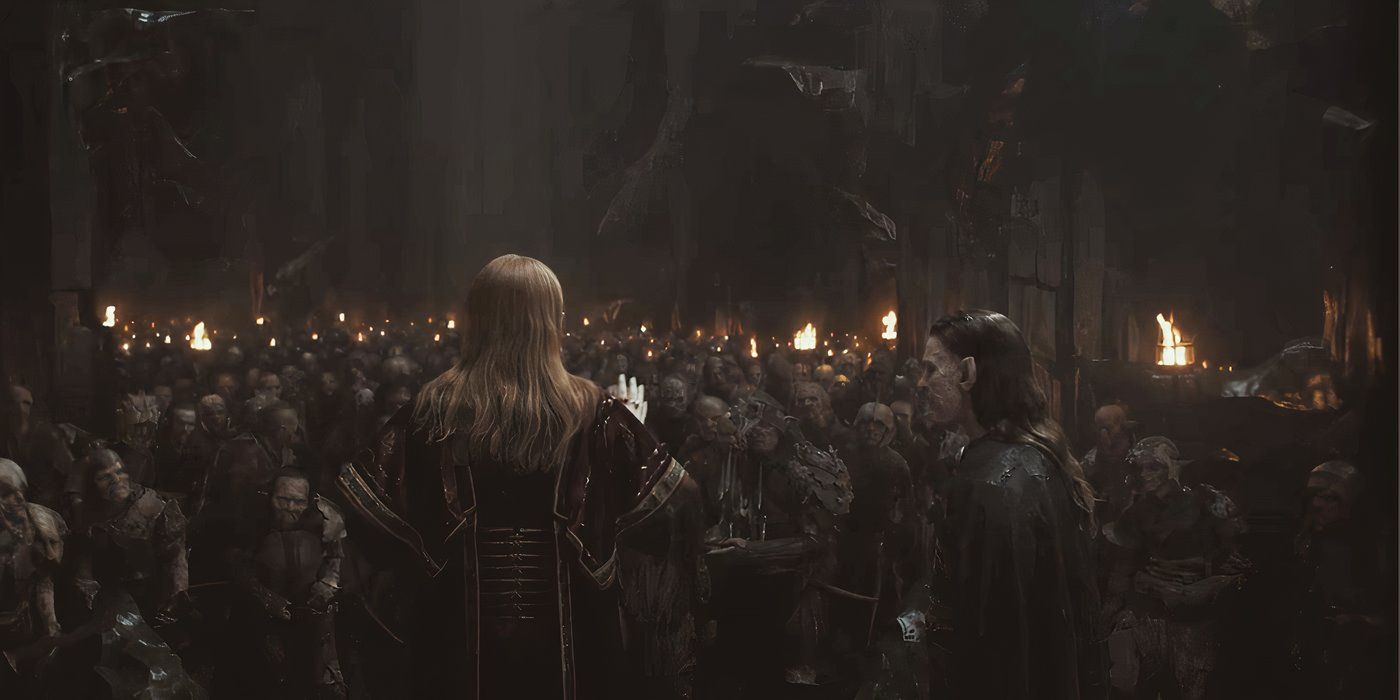
Surprisingly, in the very earliest drafts of Tolkien’s legendarium, Sauron was a cat called Tevildo. Although arguably more Cat than Sauron, this character was an obvious stand-in for the character that became Thû in “The Lay of Leithian,” an epic poem referenced in The Silmarillion but incomplete. Tolkien kept this story and his son, Christopher, included it in The Silmarillion, although the name Thû was removed.
Tolkienian Age
Event Marking The Start
Years
Total Length In Solar Years
Before time
Indeterminate
Indeterminate
Indeterminate
Days before Days
The Ainur entered Eä
1 – 3,500 Valian Years
33,537
Pre-First Age Years of the Trees (Y.T.)
Yavanna created the Two Trees
Y.T. 1 – 1050
10,061
First Age (F.A.)
Elves awoke in Cuiviénen
Y.T. 1050 – Y.T. 1500, F.A. 1 – 590
4,902
Second Age (S.A.)
The War of Wrath ended
S.A. 1 – 3441
3,441
Third Age (T.A.)
The Last Alliance defeated Sauron
T.A. 1 – 3021
3,021
Fourth Age (Fo.A)
Elven-ring bearers left Middle-earth
Fo.A 1 – unknown
Unknown
Beren was made to be a thrall in Tevildo’s kitchens in this story, which can be found in The Book of Lost Tales Part Two. This is a very entertaining read for anyone familiar with Beren, the heroic Son of Barahir, humbled into kitchen thrall. The Book of Lost Tales Part Two is part of the 12-volume The History of Middle-earth book series – posthumously published Tolkien works in varying states of completion, from various eras.
Thû, Lord Of Werewolves
Name Originating In The First Age
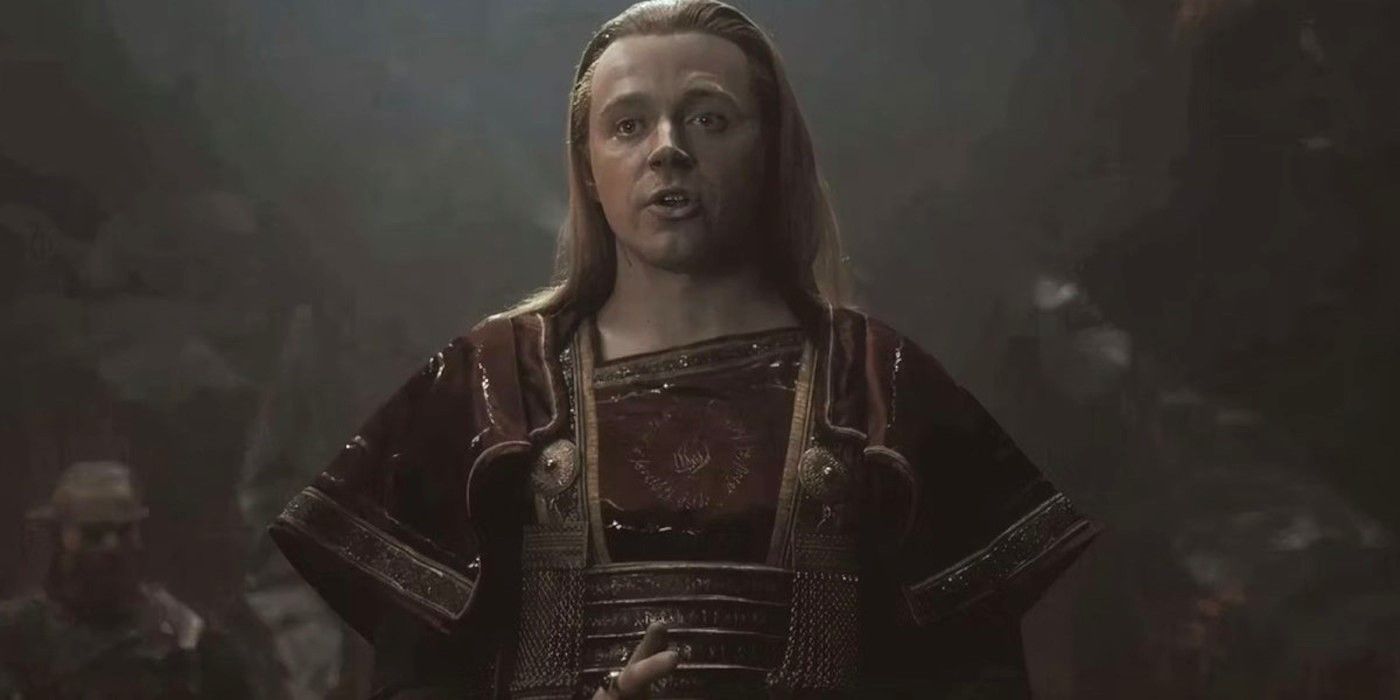
Ruler of the Isle of Werewolves, Thû was the dark sorcerer in the unfinished “The Lay of Leithian,” made before Tolkien committed to the name Sauron. Tolkien aimed to finish the lay, which can be found in The Lays of Beleriand. “Thû” is based on a primitive Quendian root meaning “evil mist.” This suggests that, like “Sauron,” Thû was an Elvish insult. As Thû, one of Sauron’s titles was Lord of Werewolves.
Sauron Name
Description, Chronologically Ordered
Source
Mairon
Likely a Quenya translation of original name
Parma Eldalamberon 17
Tar-mairon
Means “King Excellent”
Parma Eldalamberon 17
Maia of Aulë
Mairon before his fall
The Silmarillion
Fankil
A named early conception of Sauron’s character
The Book of Lost Tales
Fangli
Another name for Fankil
The Book of Lost Tales
Fúkil
Another name for Fankil
The Book of Lost Tales
Tifil
Tevildo’s gnomish name, later changed to Tiberth
The Book of Lost Tales
Tû
An early version of Thû
The Book of Lost Tales
Túvo
An early version of Thû
The Book of Lost Tales
Morthû
A variation of Thû
The Book of Lost Tales
Tiberth
Tevildo’s gnomish (an early LotR language) name
The Book of Lost Tales 2
Bridhon Miaugion
Prince of Cats in gnomish (early LotR language)
The Book of Lost Tales 2
Vardo Meoita
Prince of Cats in an early version of Quenya
The Book of Lost Tales 2
Tevildo
Name of the cat that substituted Sauron in early drafts
The Book of Lost Tales 2
Prince of Cats
Tevildo’s title
The Book of Lost Tales 2
Thû
Name of the Wizard in “The Lay of Leithian”
The Lays of Beleriand
Black Thû
Another of Thû’s names
The Lays of Beleriand
Lord of Werewolves
Another of Thû’s names
The Lays of Beleriand
Lord of Wolves
Another of Thû’s names
The Lays of Beleriand
Gorthû
A name used by Tolkien between Thû and Sauron
The Lays of Beleriand
Wolf-Sauron
Sauron as a wolf
The Silmarillion
Gorthaur
Sindarin name meaning “dread terror”
The Silmarillion
Sûr
A name used by Tolkien between Thû and Sauron
The Lost Road and Other Writings
Súro
A variation of Sûr
The Lost Road and Other Writings
Gorsodh
Alternate version of Gorthaur
The War of the Jewels
Ñorsus
Quenya equivalent of Gorsodh
The War of the Jewels
Sauron
Quenya name meaning “the abhorred”
The Lord of the Rings
North King
Given by the people of Agar
The Peoples of Middle-earth
The Deceiver
Name given to Sauron by Amandil
The Silmarillion
Annatar
Fair Form name meaning “Lord of Gifts”
The Silmarillion
Lord of Gifts
Translation of Quenya “Annatar”
The Silmarillion
Aulendil
Means “Aulë devotee,” used in Eregion in S.A.
Unfinished Tales
Artano
Means “High-smith,” used in Eregion in S.A.
Unfinished Tales
Zigûr
Adûnaic name meaning “Sorcerer”
The Silmarillion
Necromancer
Name given to Sauron in The Hobbit
The Hobbit
The Shadow
Enemy of the forces of light
The Lord of the Rings
The Enemy
Enemy of the forces of light
The Lord of the Rings
The Eye
The Lidless Eye of Sauron
The Lord of the Rings
Lord of the Rings
Maker of the One Ring
The Lord of the Rings
Ring-maker
Maker of the Rings of Power
The Lord of the Rings
Dark Lord of Mordor
Ruler of Mordor
The Lord of the Rings
Se Malsca
Old English roughly meaning “the bewitcher”
Sauron Defeated
Halbrand
Name used for the Man form in Rings of Power
N/a (TV only)
Thû fought the semi-divine wolfhound, Huan, in Werewolf form in this epic poem, but lost to the Hound of Valinor. This is one of the only times Sauron fought in person in The Lord of the Rings world. The only other instances offered are the War of the Last Alliance and Sauron’s Unfinished Tales standoff with Celebrimbor after his Annatar cover was blown.
Sauron, Lord Of The Rings
Name Originating In The First Age

Meaning “the abhorred” in Quenya, Sauron was the name given by the Elves to Mairon after his fall into evil. By far his most widely-known name, it remains a point of contention whether Dark Lord Sauron ever accepted the name himself or not. Sauron was an Elvish insult, and the Maia thought he was doing the right thing, however tyrannous it was. So, one would have thought he would have rejected the usage of the name.
…Sauron’s name became legend, most often associated with his final lordly epithet – the Lord of the Rings.
And indeed, Aragorn stated that Sauron did not “use his right name, nor permit it to be spelled or spoken” (The Lord of the Rings). However, the Mouth of Sauron used the name Sauron when introducing himself – possibly in order to ensure apt communication between multiple races. Either way, Sauron’s name became legend, most often associated with his final lordly epithet – the Lord of the Rings.
Gorthaur, The Terrible Dread
Name Originating In The First Age
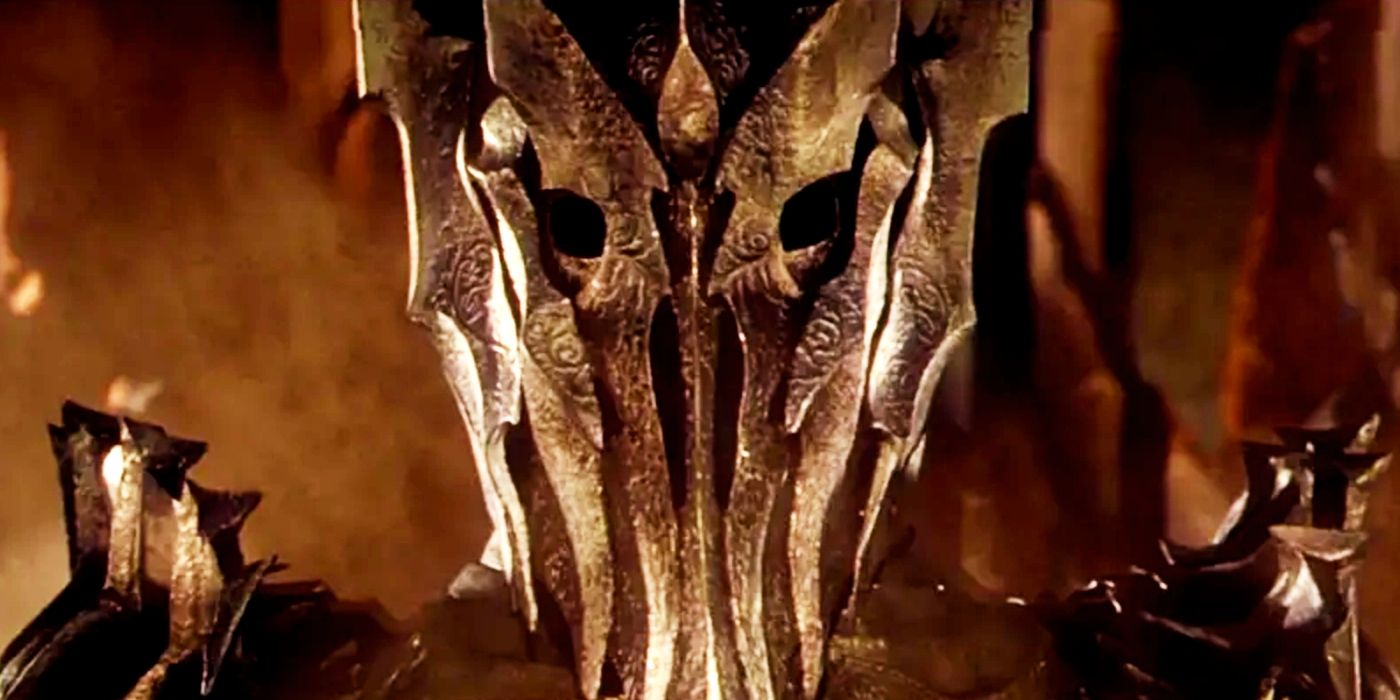
After Sauron began to firmly establish himself as Morgoth’s second-in-command, he was described as “terrible dread” in Sindarin. This translated to “Gorthaur” (The Silmarillion). Sindarin became the common tongue in Elvendom during the First Age. So, it stands to reason that while the Sindar called Sauron Gorthaur, other Elves did too. Sauron kept this name throughout the ages.
This is clear as, in-universe, The Silmarillion was written in the Fourth Age (earliest) by scholars of the Elvish Eldar. Predominantly known to the Elves and their allies as Sauron and Gorthaur, Mairon embodied his Dark Lord form while holding these names. Sauron fought the Third Age War of the Last Alliance as “an image of malice and hatred made visible” (The Silmarillion).
Annatar, Lord Of Gifts
Name Originating In The Second Age
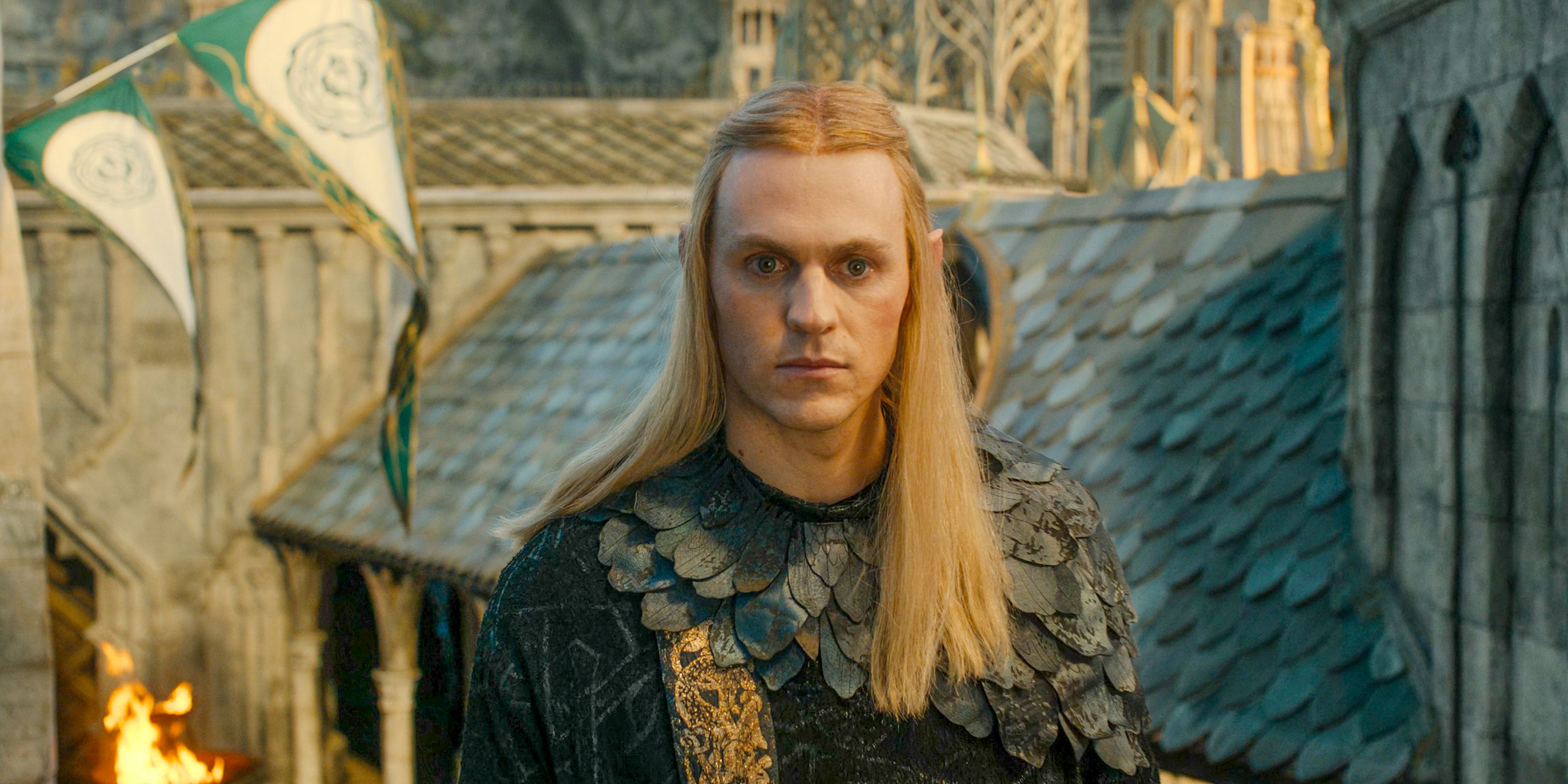
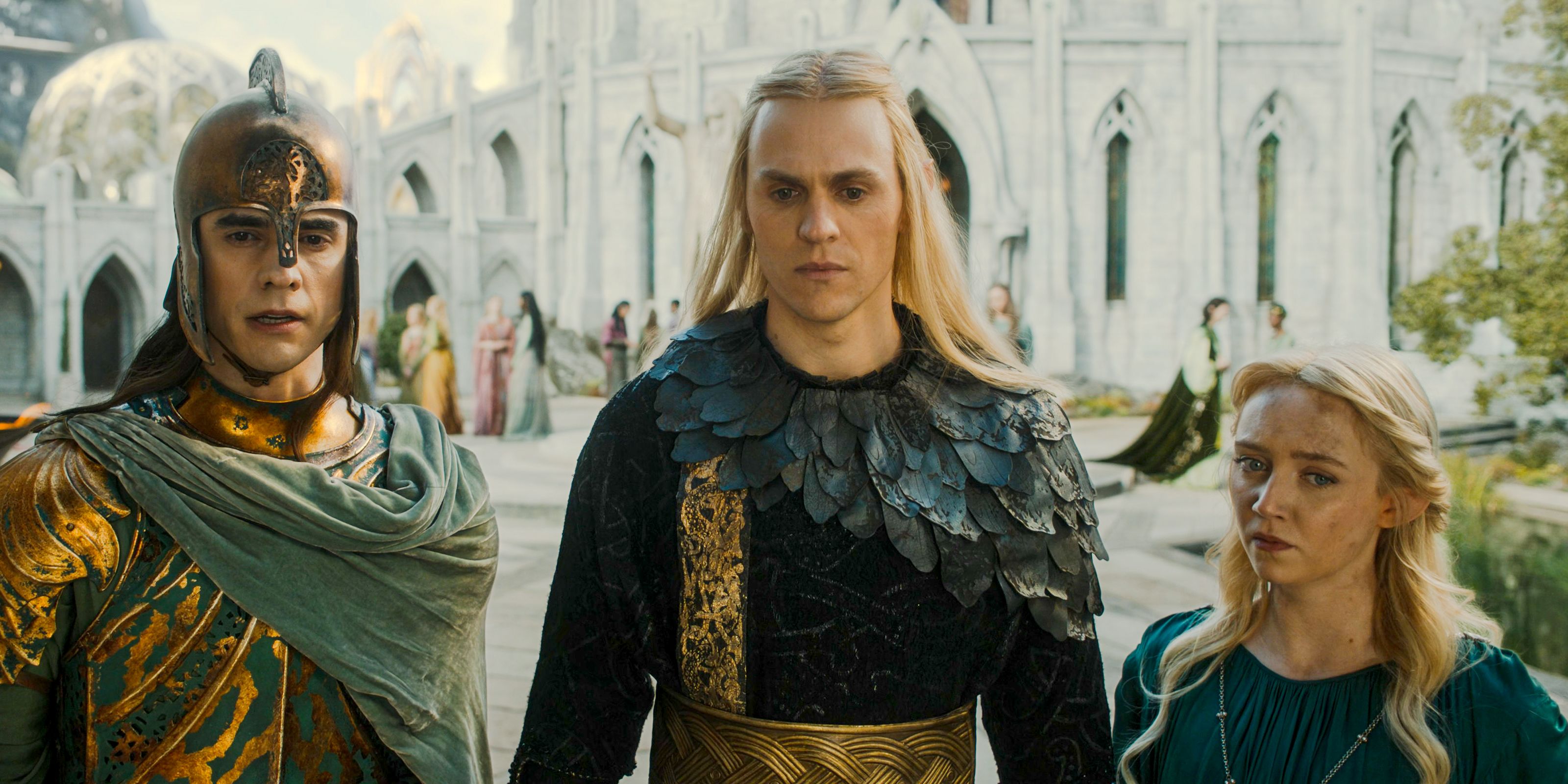
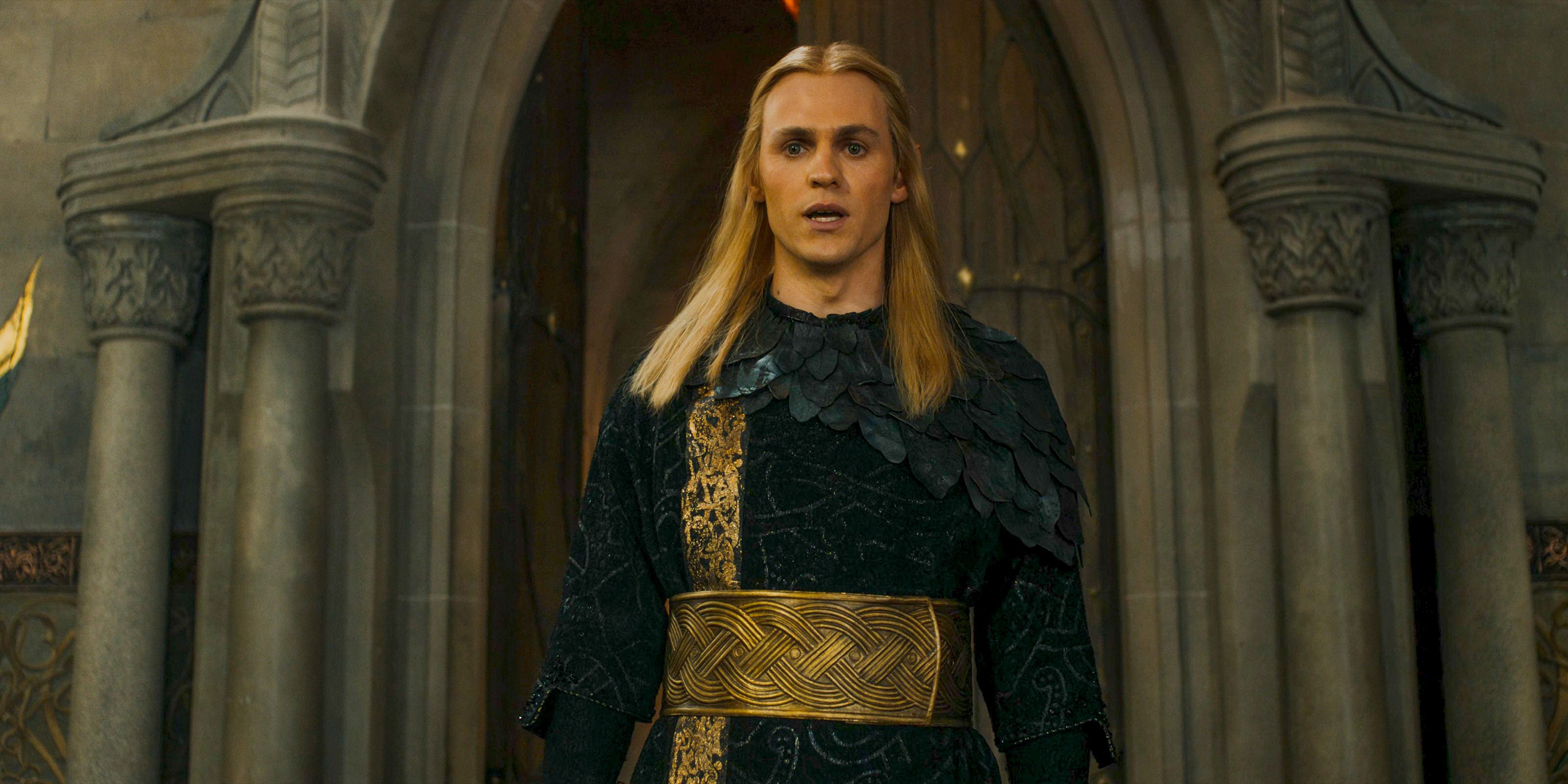
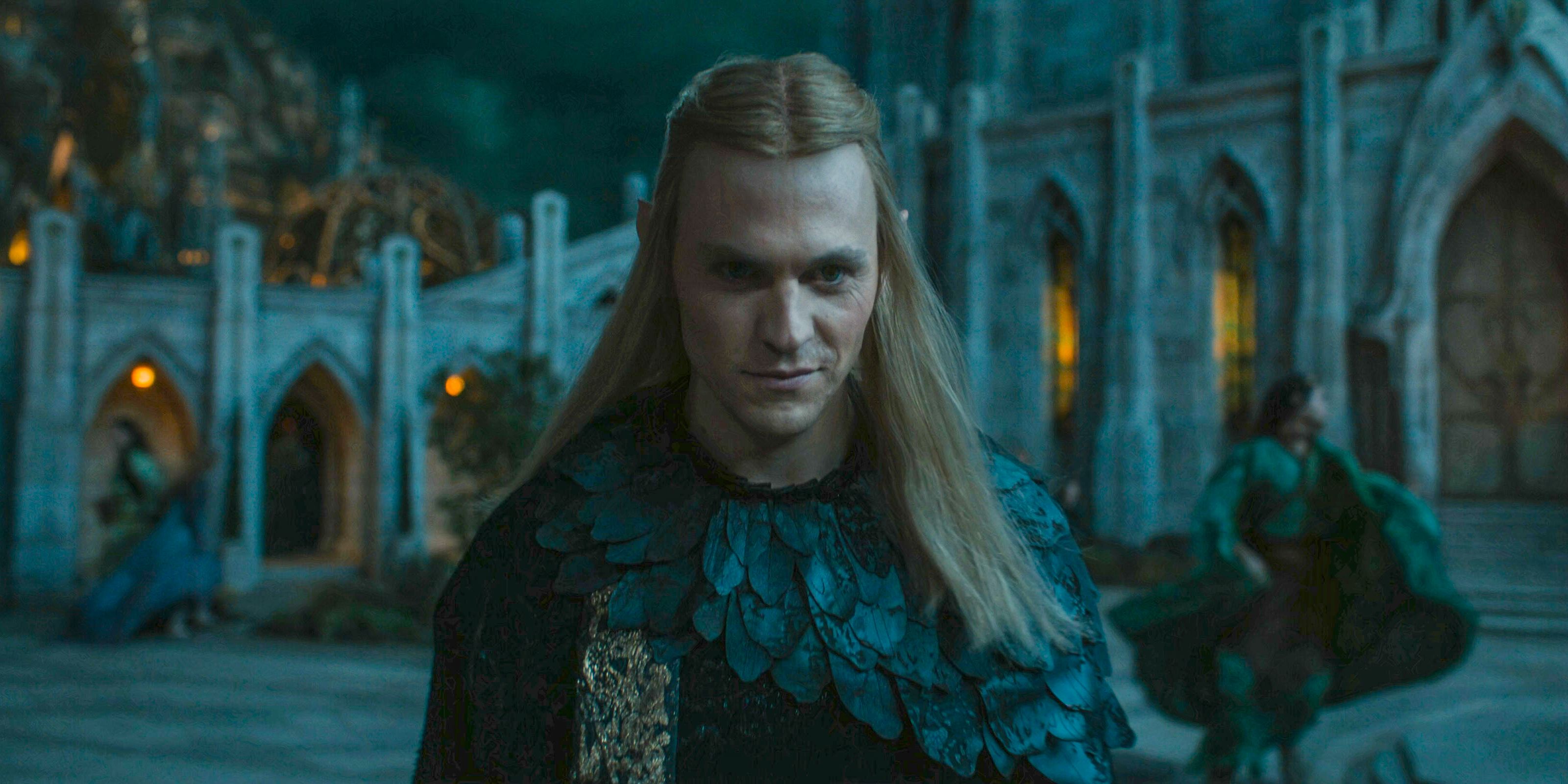
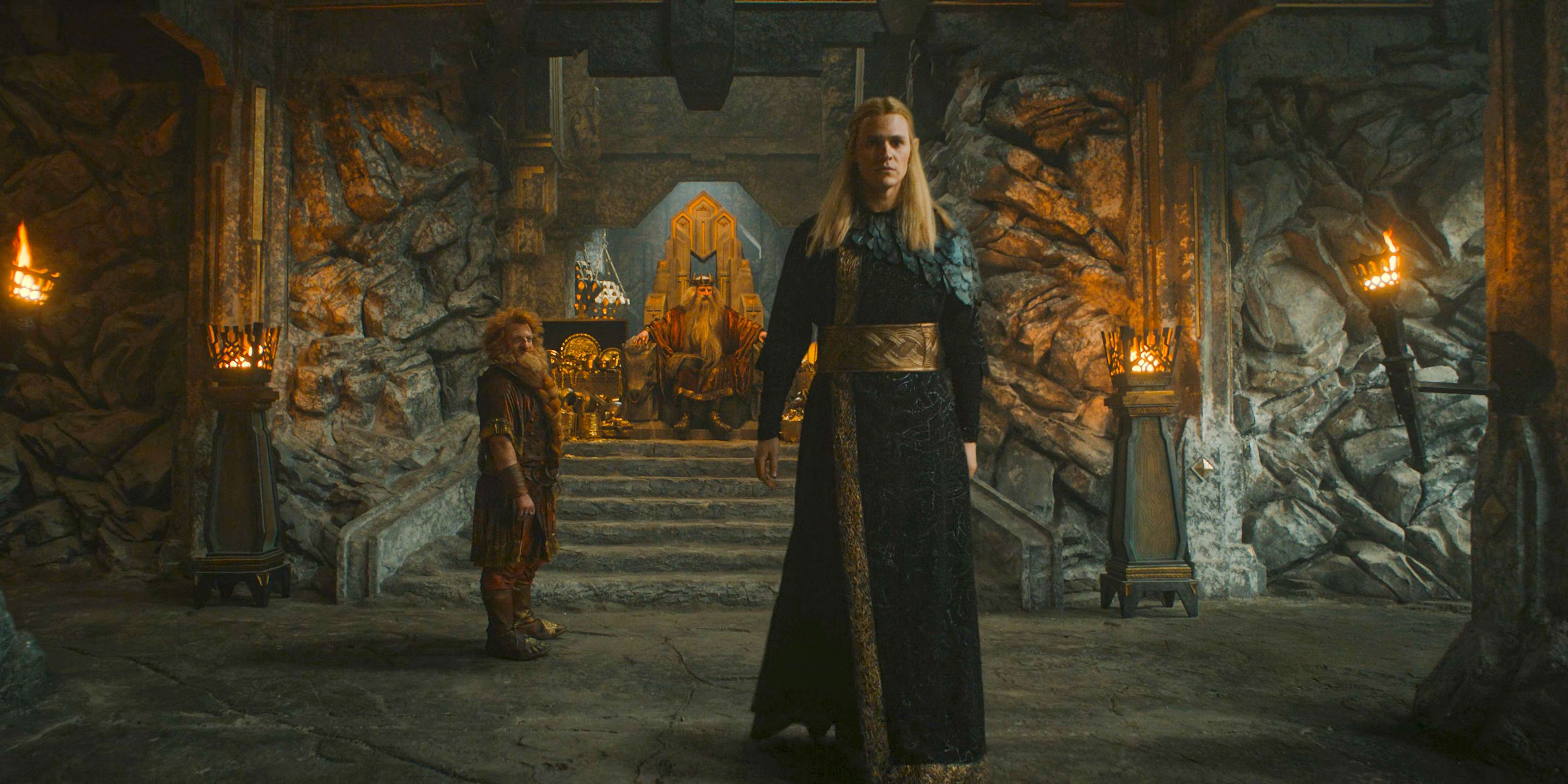





Sauron appeared in his fair form, Annatar, in Rings of Power season 2. In lore, with Celebrimbor and the smiths, Annatar forged the Rings of Power and secretly created the One Ring in the hope of controlling those wearing the other rings. Sauron made Celebrimbor believe that Annatar was an Emissary of the Valar, demonstrating his impressive magical shapeshifting abilities. This explained why Celebrimbor accepted Annatar’s resemblance to Halbrand.
Unlike any Istar, the Lord of Gifts was a persona designed to impress and seduce.
Annatar was Quenya for “Lord of Gifts.” It seems Sauron had to be Lord of Something, and since he no longer had the Isle of Werewolves, he chose to be Lord of Gifts in the Second Age. The Lord of Gifts contrasts the Istari, sent to Middle-earth as old men and banned by the Valar from revealing their power, lest they incite awe and worship. Unlike any Istar, the Lord of Gifts was a persona designed to impress and seduce.
Zigûr, Wizard Of Númenor
Name Originating In The Second Age
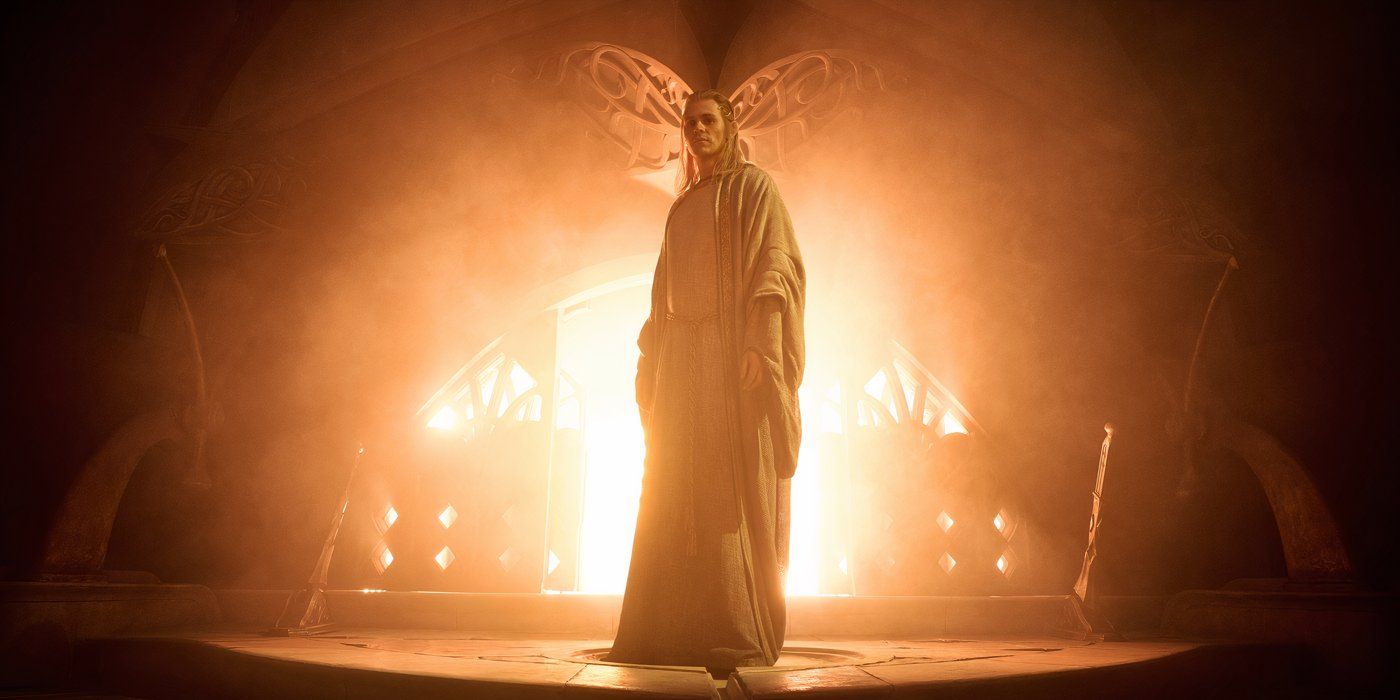
In Númenor, Sauron was known as Zigûr, meaning Wizard in Adûnaic, the Númenórean tongue. Eventually, Sauron will surrender to the Númenóreans in The Rings of Power, in some form or another, using his cunning to quickly become an adviser to the King, Ar-Pharazôn. The Rings of Power is likely to show Sauron corrupting the King of Númenor and convincing him to attack Valinor.
This will end with Númenor being destroyed in the Second Age and the death of Sauron’s physical form, though his spirit should survive, leading to the events of The Lord of the Rings. Zigûr used his position to convert many Númenóreans to the darkness, and those that escaped the fall of Númenor became known as Black Númenóreans.
The Rings Of Power Only: Halbrand
Name Originating In The Second Age

The first name that Sauron takes in The Rings of Power season 1 is Halbrand, an Amazon original invention. Halbrand is a Man, and Sauron uses this form to pretend to be a long-lost King of the Southlands, the region that ultimately becomes Mordor, in a burst of original material. Sauron takes this form immediately after his Jack Lowden form, used toward the end of the First Age but murdered by Adar and the Orcs.
The Lord of the Rings: The Rings of Power has full rights to The Hobbit and The Lord of the Rings but is securing one-off rights to other texts as needed.
It appears to take Sauron a long time to rebuild his body, and season 2 displayed this process. Sauron’s regeneration process in Rings of Power involved his spirit lingering around his remains, slowly reanimating his black blood. Catching prey gradually, Sauron’s spirit was able to build his black matter until it could finally catch and consume a human. Finally, Halbrand emerged into The Lord of the Rings: The Rings of Power.
